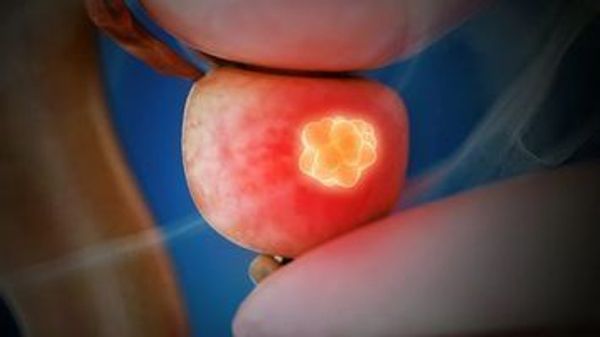
Conference Coverage
10 days ago
5 key trial insights from ESMO 2025Latest News
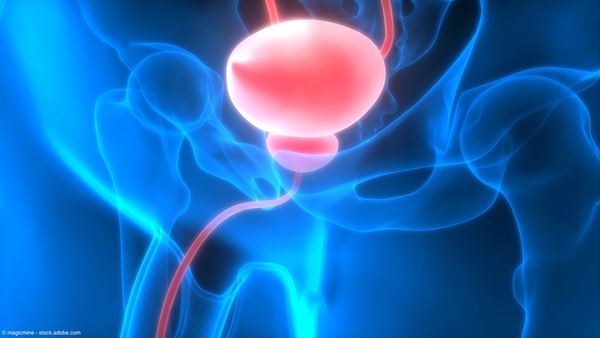
Phase 2 trial of IL-15 superagonist launches in NMIBC

What income and estate tax provisions are in the One Big Beautiful Bill Act?

Trial launches of Optilume drug-coated balloon for benign ureteric strictures

FDA approves fosfomycin for complicated urinary tract infections

Pearls & Perspectives: Testosterone, Muscle, and Healthspan with Mohit Khera, MD, MBA, MPH

Shorts










Podcasts
Videos
Urology Times Digital Edition






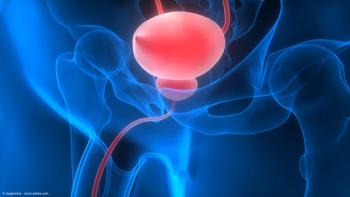

Continuing Medical Education
All News
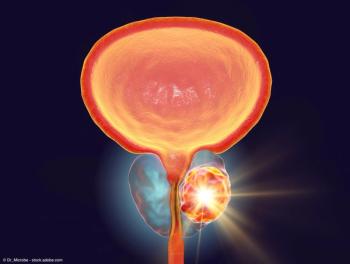
The phase 3 PSMAddition trial assessed the combination of 177Lu-PSMA-617 plus ADT/ARPI in an earlier stage of metastatic prostate cancer.

Taylor Goodstein, MD, and Pretesh Patel, MD, explore how image guidance and adaptive radiation planning have revolutionized precision, even allowing real-time treatment plan adjustments.

A recap of the FDA submissions and regulatory decisions in urology from October 2025.

Jaeger emphasized that the ideal HoLEP candidate is any patient with bothersome lower urinary tract symptoms due to BPH, including those with urinary retention or intolerance to medication
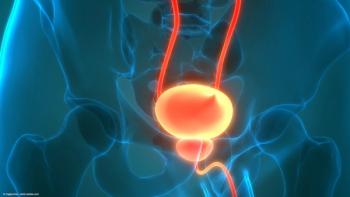
Christof Vulsteke, MD, PhD, discusses results from the KEYNOTE-905 trial, evaluating perioperative EV/pembrolizumab in cisplatin-ineligible MIBC.

In this episode, Adam Weiner, MD, and Michael Leapman, MD, discuss the current state of active surveillance for intermediate-risk prostate cancer.

According to the authors, immune-mediated adverse events were manageable and consistent with the known profiles for ICIs.

Tatem discusses his latest research on treating ventral curvature in Peyronie disease using collagenase clostridium histolyticum (Xiaflex).

The UroOnc Minute, hosted by Adam Weiner, MD, is the latest multimedia program from Urology Times.

Avvio Medical plans to submit a de novo application for clearance of the device in early 2026.

Scott B. Sellinger, MD, FACS, discusses the challenges facing urologists, the loss of telehealth flexibility, and why bipartisan action remains urgent.

Merck plans to share these data with regulatory authorities worldwide.

The key finding was that men who received rectal spacers had a 50% lower risk of biochemical failure.

The phase 3 LITESPARK-011 trial has met its primary end point.

According to the authors, this combination represents a potential new standard of care for this patient population.








